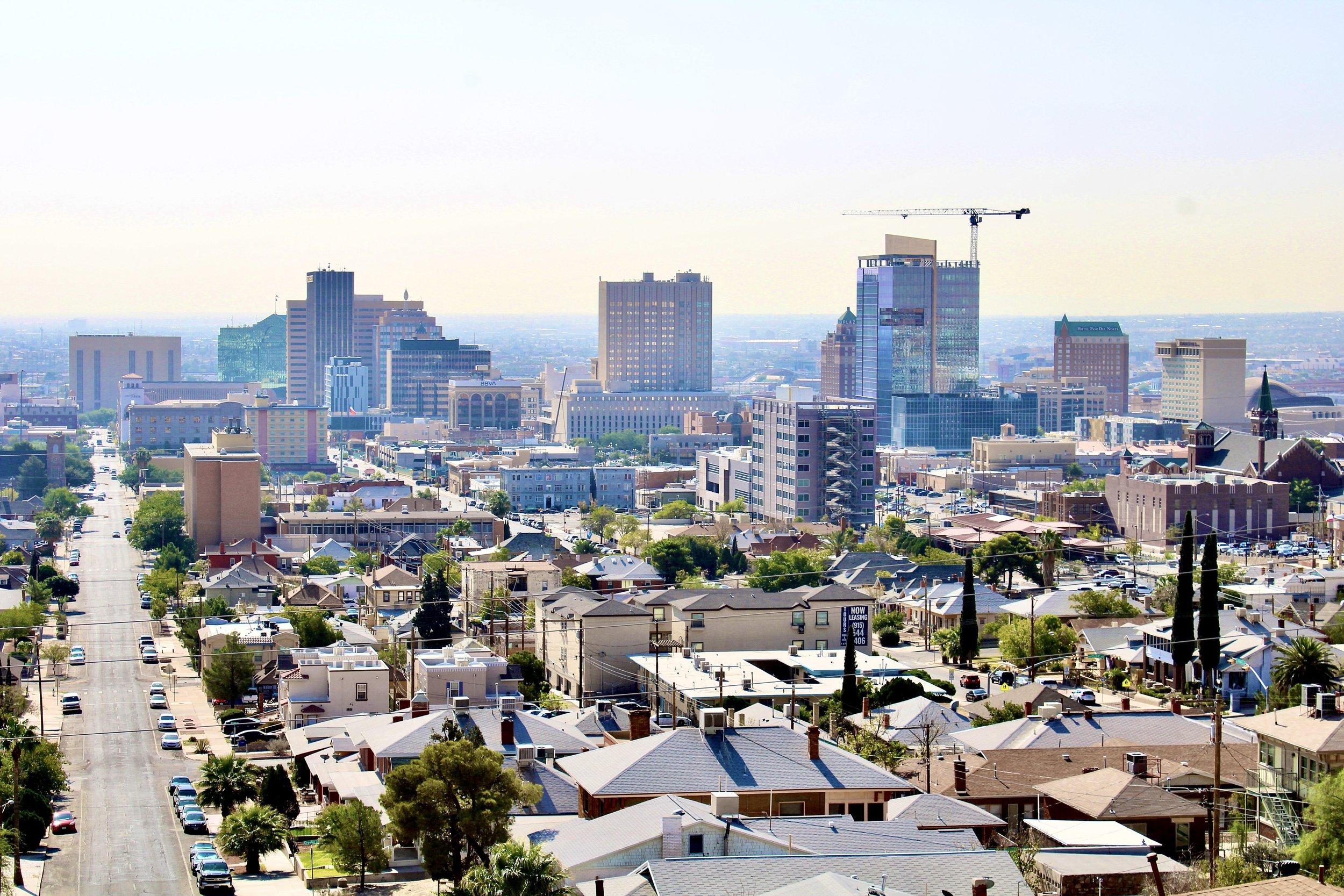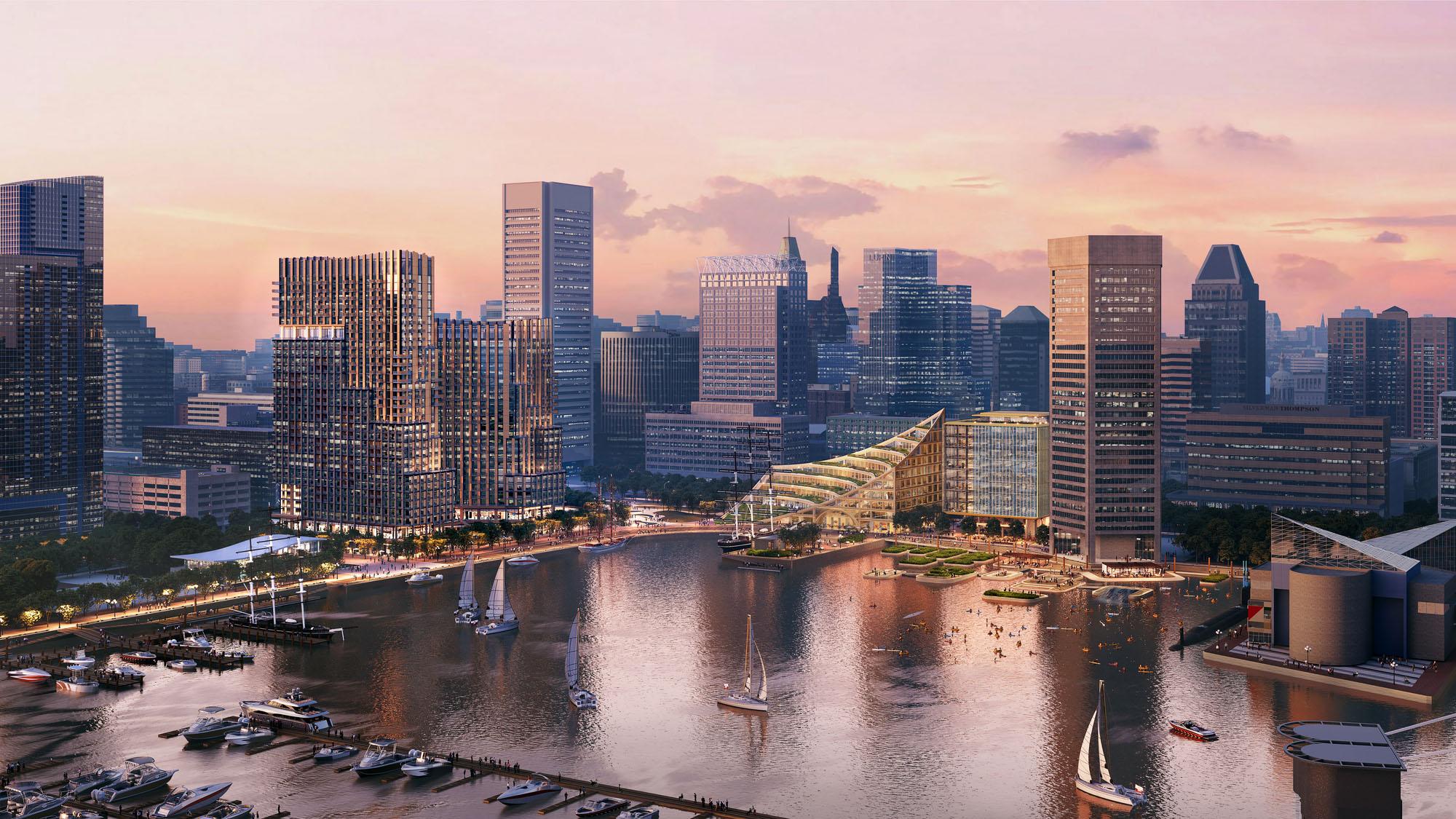
In the pursuit of building more livable urban environments, the push for walkability has spawned innovative approaches that prioritize ease and accessibility. Renowned urbanist Andres Duany champions the idea that success lies in the ability to simplify - to embrace less bureaucratic, 'lean' codes that allow for the organic growth and evolution of communities. These streamlined guidelines serve as the backbone for urban development, encouraging sustainable practices that can ignite economic pioneering from the next generation.
Embracing 'Lean' Codes in Urban Development
The concept of 'lean' urban codes is becoming increasingly popular among city planners and developers. These codes cut through the complex red tape that often hampers progress, focusing only on the most essential aspects of community shaping. By reducing the bureaucratic burden, cities can more rapidly adapt and evolve, meeting the needs of their growing populations in real-time.
The Rise of Walkability in Urban Spaces
Accessibility and pedestrian-friendly infrastructure are at the heart of walkability. The idea is simple: create cities where residents can easily navigate their environment on foot or by alternative transportation modes. This vision is about more than just convenience; it's a commitment to improving public health, environmental sustainability, and social connectivity.
Case Study: Plan El Paso

In an ideal illustration of these principles, El Paso has made significant strides toward becoming a model for walkability with the approval of Plan El Paso in March. As the 19th largest city in the US and with an anticipated influx of over 400,000 new residents by 2035, the city’s forward-thinking approach is a blueprint for others to follow.
Plan El Paso reflects a bold vision for compact, mixed-use, and transit-oriented development (TOD), designed to absorb growth sustainably. It exemplifies how urban areas can cater to an expanding population without sacrificing the quality of life.
Transit Innovations: El Paso's Bus Rapid Transit (BRT) System
A key component of this plan is a 55-mile bus rapid transit (BRT) system, currently under construction, and positioned to be one of the most comprehensive in the country. The BRT initiative features four lines extending from downtown to the city's outskirts, providing seamless connections to existing bus routes and encouraging TOD.

Expert consultant Jim Charlier notes the ingenuity of El Paso's approach, highlighting that despite the dearth of bus rapid transit examples in the US, El Paso has bravely stepped forward to adapt rail TOD principles to its BRT system.
Future-Focused Urban Living
By promoting dense, walkable neighborhoods and robust public transportation networks, El Paso serves as an exemplar of sustainable urban development. Its trajectory provides other cities with a tangible example of how to implement policies that uphold walkability without being ensnared in bureaucratic entanglements.
Integrating Walkability into Travel Experiences
Travelers today seek destinations that offer convenience, culture, and the opportunity to immerse themselves in the local scene. Walkable cities meet this demand by providing avenues where visitors can explore with ease, supporting a robust hotel industry that caters to those looking to experience a destination up close. In centers that champion walkability, tourists find themselves part of the sustainable economic cycle, contributing to local businesses and enriching their personal travels. As cities like El Paso showcase, the synergy between urban planning, travel, and accommodation sectors is instrumental in building more vibrant, sustainable, and visitable communities.
Brisbane
Carolina Beach
Las Vegas
Edinburgh
Windsor
Dundee
Schaumburg
San Francisco
Richmond
Exeter
Center
- Hotels Near Tampa Convention Center
- Hotels Near Columbus Convention Center
- Las Vegas Convention Center Hotels